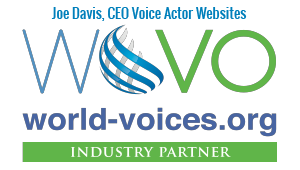It is late September 2008 and I’m standing in the lobby of a Manila hotel where I’m attending a meeting about occupational health, safety, and environmental issues for workers throughout Asia. On a television screen nearby, polar bears are diving off a small ice floe. Later in the day, I visit the National Museum of the Philippines where we tour an exhibit of prize winners in a 2007 Filipino art competition. One of the paintings shows a woman clad in a dress constructed of images of cars and smokestacks. She has her hands over her eyes in a gesture of despair and is up to her hips in water. In this tropical island nation, merely 15 degrees north of the equator, where many people live on the water’s edge, disappearing polar bear habitat–a sign of global warming and harbinger of rising sea levels–has local relevance. Over the next several days I meet people who work in factories that make clothing, electronics, machinery, and other products. When asked to name their top concerns about their working conditions, leading the list are the impacts of chemicals to reproductive health and the health of future generations. When asked what they would do to improve workplace safety, all say, “Remove the chemical hazard. Substitute something safer.”
This is, in essence, the story this book explores. Over the past century our reliance on petroleum and coal has made available a vast quantity of hydrocarbons. These byproducts of fuel refining have become the foundation for the overwhelming majority of our synthetic materials–manufactured substances that go into everything from computers to cosmetics. We’ve managed to create tens of thousands of such new materials–substances that exist nowhere in nature–and these materials now permeate every aspect of our lives. They have made possible the creation of countless useful and often ingenious products: the lightweight, shatter-proof, flame-resistant plastics used in electronics, aircrafts, sports gear, and motor vehicles; waterproof coatings for textiles; flexible plastics that go into medical tubing and children’s toys; nonstick surfaces for food packaging; thin films that enable microchip etching; and polymers delicate enough to coat an eyelash, to name but a few. It’s hard to imagine life without them. These materials were designed to make life easier, more efficient, more convenient, and in many ways, safer. And many do.
But many of these substances also behave in ways that make them hazardous to human health and the environment. A number of these synthetic chemicals, scientists are discovering, are capable of interfering with the biological mechanisms that determine the health of any living organism. These materials, it turns out, have been changing the world’s chemistry, in some instances altering the most fundamental building blocks of life on earth. As a result, the entire chemistry of the planet–from the cellular level to entire ecosystems–is now different than at any other time in history.


